Moscow, a city celebrated for its opulent palaces, grand cathedrals, and world-class museums, holds another fascinating dimension that is often overlooked by conventional tourists. Beneath the city’s modern exterior lies a rich, industrial past that continues to shape its identity. For those seeking a unique and immersive experience, Industrial Tourism in Moscow offers an opportunity to step behind the scenes, explore historic factories, and witness modern production lines in action. This growing sector of tourism provides a compelling journey into the heart of the city’s manufacturing heritage, blending history, technology, and hands-on discovery.
The Legacy of Moscow’s Industrial Past
Moscow’s journey as an industrial powerhouse began long before the Soviet era, but it was during the 20th century that the city became a major manufacturing hub. Under Soviet rule, a centralized economy drove the creation of countless factories, producing everything from cars and heavy machinery to food, clothing, and electronics. Many of these enterprises were colossal in scale. They were often integrated into the city’s fabric with dedicated workers’ districts and cultural centers.
As the economy shifted in the post-Soviet period, many of these historic factories either closed or were repurposed. The rise of industrial tourism, however, is breathing new life into these sites. This allows them to become a vibrant part of the city’s cultural offerings. Visitors can now explore these industrial monuments. They can learn about their contribution to Russia’s development. Therefore, a trip focused on Moscow manufacturing heritage offers a deep and engaging historical context that complements traditional sightseeing.
The Modern Landscape of Factory Tours
Today, Industrial Tourism in Moscow is a well-structured and engaging activity, offering tours of both historic and contemporary production facilities. These tours provide a unique perspective on the city’s economic life.
Automotive and Mechanical Engineering: For fans of engineering and technology, tours of car and truck factories are a major draw. While many of the old Soviet giants have been modernized or repurposed, some facilities continue to operate and open their doors to visitors. These tours often provide a detailed look at the assembly process, from raw materials to the final product. Participants can witness the precision of automated machinery. They can also see the skilled labor that brings a vehicle to life. This hands-on view of a major industry is captivating.
Food and Beverage Production: Perhaps the most accessible and sensory-rich tours are those offered by food and beverage manufacturers. Moscow boasts a number of historic and modern factories that produce everything from chocolate and ice cream to beer and soft drinks. For example, a tour of the Udarnitsa Confectionery Factory, a historic producer of “Zefir” (a type of marshmallow) and other sweets, provides a sweet journey into Moscow’s culinary heritage. Similarly, tours of breweries allow visitors to understand the brewing process from grain to glass. These experiences often conclude with a tasting session. This makes them a popular and delicious choice for tourists of all ages.
Arts, Crafts, and Textiles: Some tours focus on the city’s more traditional manufacturing heritage. They explore sites related to arts, crafts, and textiles. These tours often reveal the intricate processes behind Russian handicrafts. They highlight the skills of artisans that have been passed down through generations. These experiences are particularly appealing for those interested in cultural production. They show how traditional methods are preserved in a modern context.
These diverse offerings ensure that Moscow factory tours cater to a wide range of interests. They provide a unique window into the city’s economic engines.
The “ZIL” Story: From Industrial Giant to Urban Renewal
One of the most compelling examples of Moscow’s industrial transformation is the story of the ZIL (Zavod imeni Likhacheva) factory. Once a colossal Soviet car and truck manufacturer, ZIL was a city within a city, with its own social infrastructure and a workforce of tens of thousands. Its closure marked the end of an era.
However, rather than being forgotten, the vast territory of the former factory is now the site of one of Moscow’s most ambitious urban renewal projects. The area is being redeveloped into a modern residential and business district. It includes parks, cultural centers, and the new ZILART art complex. This transformation has preserved elements of the industrial heritage, with some historic buildings being repurposed. This provides a powerful narrative of how Industrial Tourism in Moscow and urban development can coexist. Exploring the former ZIL grounds today reveals a fascinating blend of old industrial structures and new, modern architecture.
Repurposed Industrial Sites: From Grime to Glamour
Many of Moscow’s abandoned or defunct industrial sites have found new life as cultural and creative hubs. This has preserved their architectural character. It has also created some of the city’s most unique and trendy spaces.
Artplay Design Center y Flacon Design Factory are two prime examples. These former industrial zones have been transformed into vibrant creative clusters, housing art galleries, design studios, showrooms, cafes, and independent shops. Visitors can explore the exposed brickwork and industrial aesthetic of the old buildings. They can also engage with modern art and design. These spaces are a testament to the creative spirit of Moscow. They show how the city’s industrial legacy can be a source of inspiration for contemporary artists and designers. Visiting these sites offers a different kind of industrial tourism in Moscow. It focuses on creative and cultural production, not just manufacturing.
Similarly, the former “Red October” chocolate factory complex on Bolotny Island has been repurposed. It is now home to a variety of creative agencies, restaurants, and art spaces. The iconic red brick buildings have been preserved. They have become a popular meeting point for young Muscovites and a vibrant cultural destination. This successful conversion highlights a global trend of urban revitalization. It also shows how Moscow is embracing its industrial past.
Practicalities for Industrial Tourism
Planning a trip focused on Moscow factory tours requires some preparation. Many tours need to be booked in advance, and some may have age restrictions or specific safety requirements.
- Booking in Advance: Factory tours are popular and often have limited spots. It is best to book well in advance, especially for English-language tours.
- Safety First: Industrial environments can be hazardous. Visitors should always follow the instructions of their guides. They must wear any provided safety equipment (e.g., hard hats, safety glasses).
- Photography Rules: Some factories may have strict rules regarding photography, especially on modern production lines. Always ask for permission before taking pictures.
- Transportation: Many factories are located in industrial zones on the city’s outskirts. Public transportation, such as the metro and suburban trains, often provides good access. However, a combination of public transport and a short taxi ride may be necessary to reach the final destination.
These practical tips help ensure a smooth and enjoyable experience. They allow visitors to focus on the fascinating insights the tours provide.
Industrial Tourism’s Role in a Modern City
Industrial Tourism in Moscow is more than just a novelty; it plays a vital role in connecting the city’s past and present. By opening up production facilities, Moscow is fostering greater transparency and demystifying the manufacturing process for the public. It is also an educational tool, inspiring future engineers, designers, and entrepreneurs.
Furthermore, this form of tourism contributes to the preservation of Moscow’s industrial heritage. It gives new purpose to historic buildings and helps tell the stories of the people who worked in these factories. This ensures that the city’s industrial legacy is not lost to time but rather becomes an active, living part of its cultural identity.
In conclusion, for travelers looking to move beyond the traditional tourist trail, Industrial Tourism in Moscow offers an authentic and captivating alternative. By taking Moscow factory tours, visitors can gain a deeper appreciation for the city’s economic power, its rich manufacturing heritage, and its ongoing journey of urban transformation. This unique form of tourism showcases how a city’s past can be a vibrant part of its present, offering compelling stories of innovation, labor, and change.

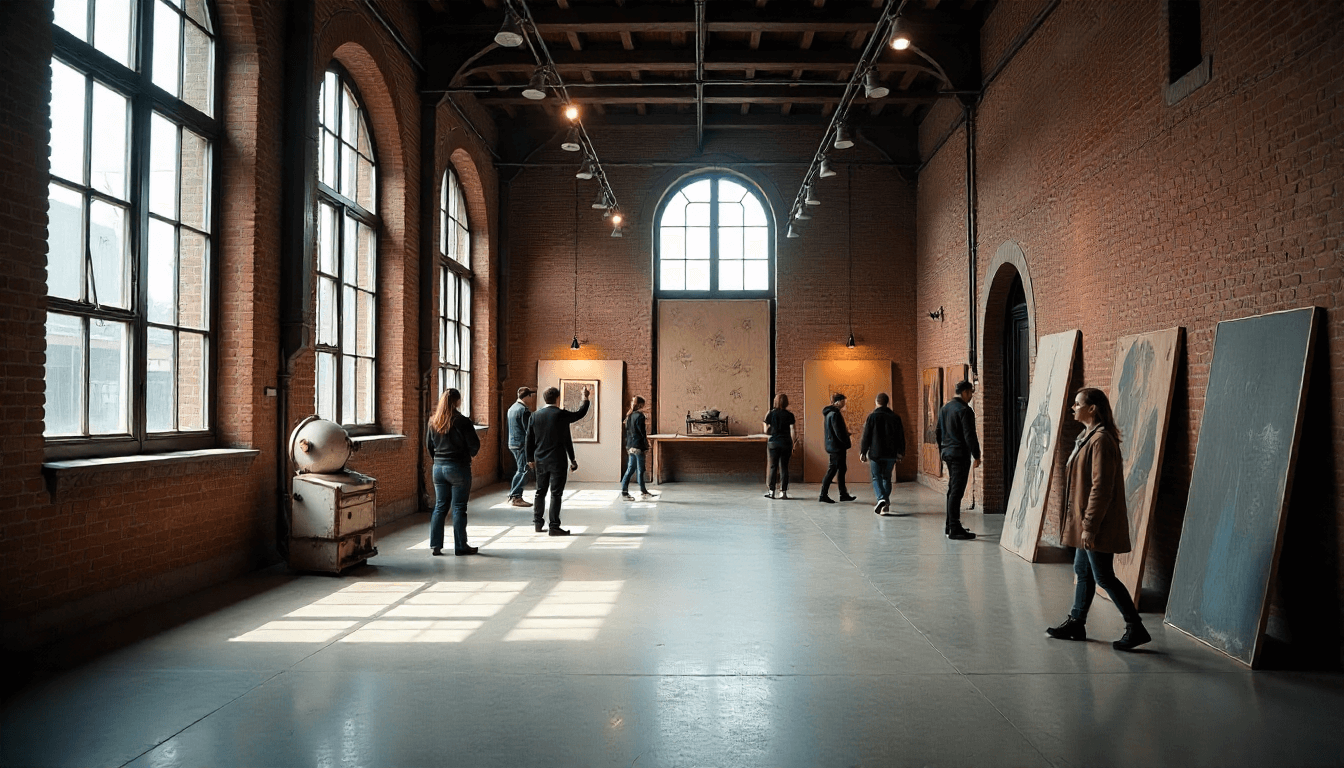 Industrial Tourism in Moscow: Factory Tours and Manufacturing Heritage">
Industrial Tourism in Moscow: Factory Tours and Manufacturing Heritage">

 Smart Tourism in Moscow: Apps and Digital Tools for Modern Travelers">
Smart Tourism in Moscow: Apps and Digital Tools for Modern Travelers">
 Hidden Moscow: Off-the-Beaten-Path Locations Your Pass Unlocks in 2025">
Hidden Moscow: Off-the-Beaten-Path Locations Your Pass Unlocks in 2025">
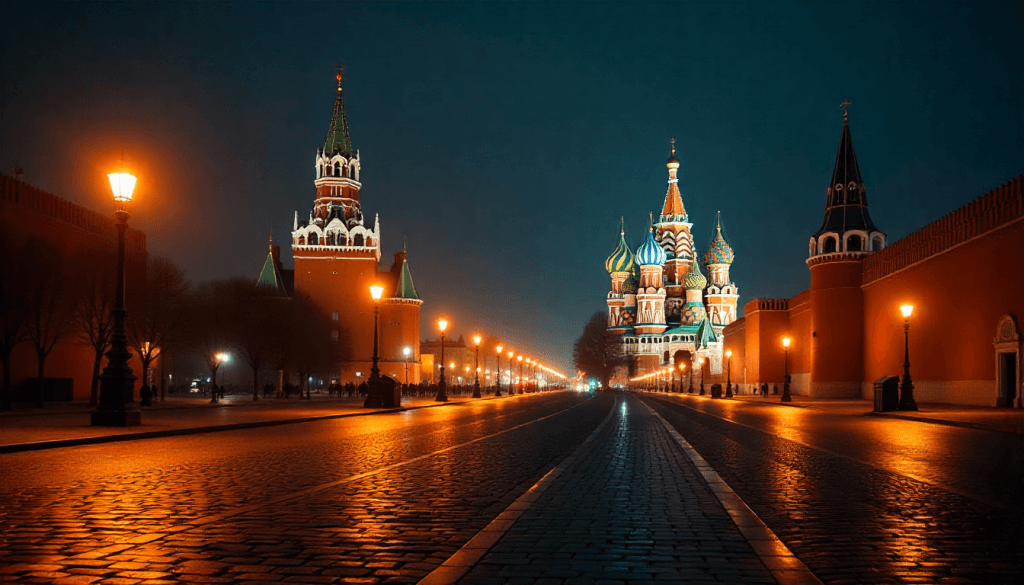 Moscow After Midnight: Late-Night Attractions and 24-Hour Experiences">
Moscow After Midnight: Late-Night Attractions and 24-Hour Experiences">
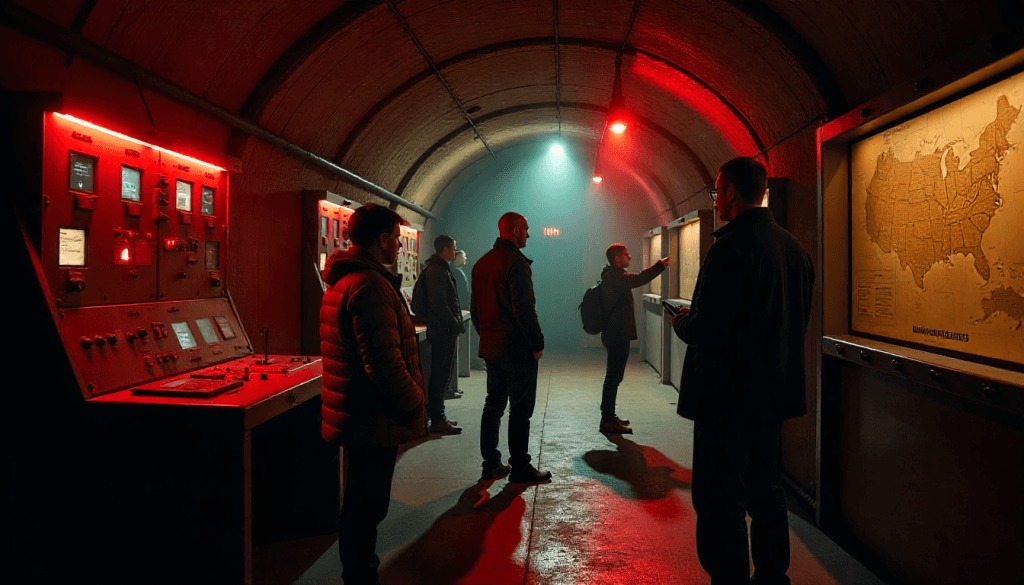 Industrial Tourism in Moscow: Factory Tours and Manufacturing Heritage">
Industrial Tourism in Moscow: Factory Tours and Manufacturing Heritage">
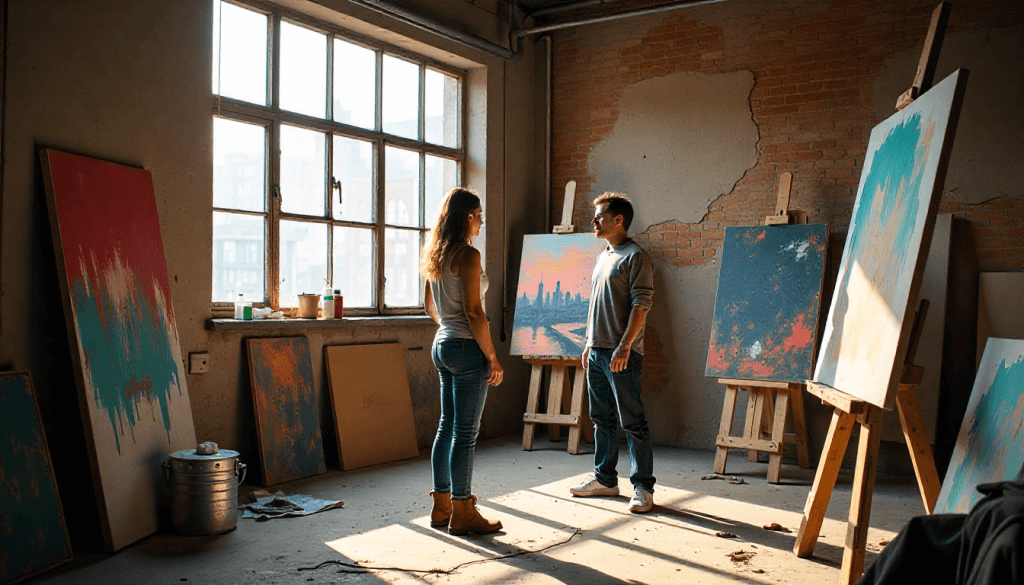 Moscow’s Creative Spaces: Artist Studios and Alternative Galleries">
Moscow’s Creative Spaces: Artist Studios and Alternative Galleries">
 Abandoned Places Near Moscow: Urban Exploration Day Trips">
Abandoned Places Near Moscow: Urban Exploration Day Trips">
 Moscow Pass for Digital Nomads: Co-working Spaces and WiFi Hotspots">
Moscow Pass for Digital Nomads: Co-working Spaces and WiFi Hotspots">
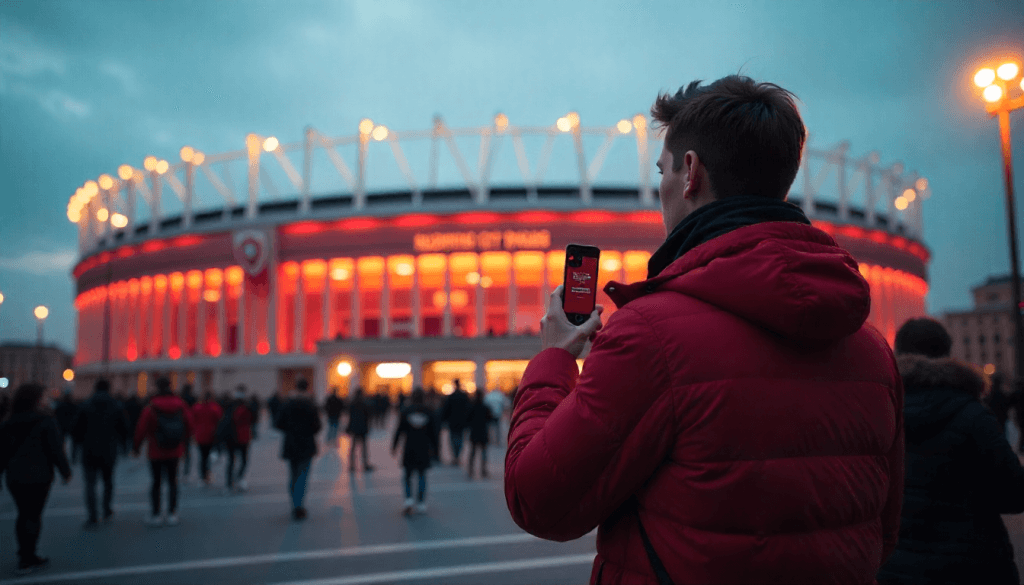 Moscow for Sports Fans: Stadiums, Teams, and Athletic Heritage in 2025">
Moscow for Sports Fans: Stadiums, Teams, and Athletic Heritage in 2025">
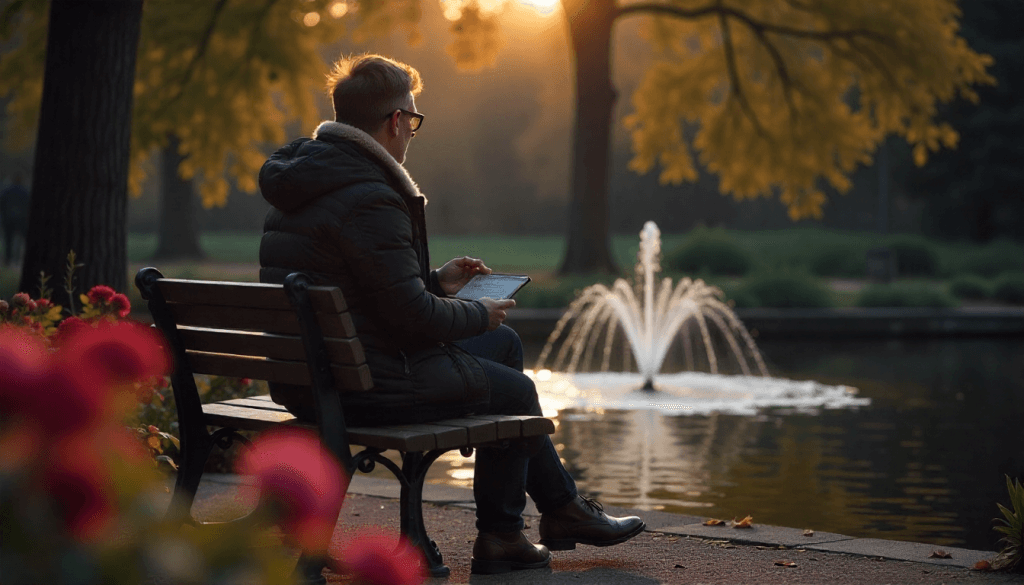 Secret Gardens and Hidden Parks: Moscow’s Green Oases in 2025">
Secret Gardens and Hidden Parks: Moscow’s Green Oases in 2025">
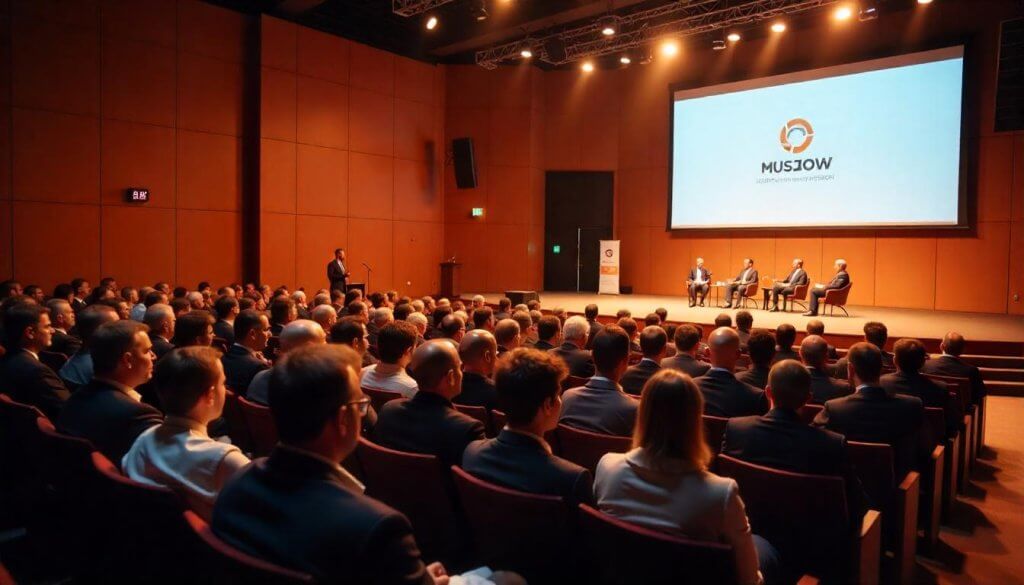 Business Travel in Moscow: Networking Events and Professional Attractions">
Business Travel in Moscow: Networking Events and Professional Attractions">